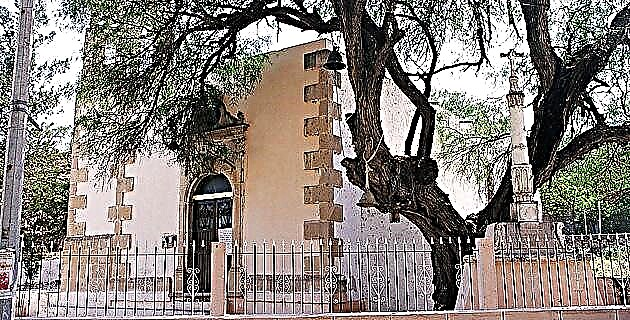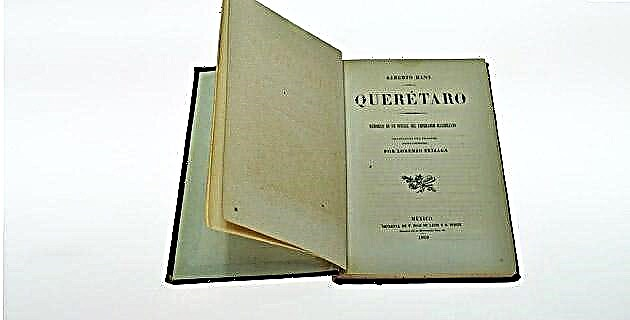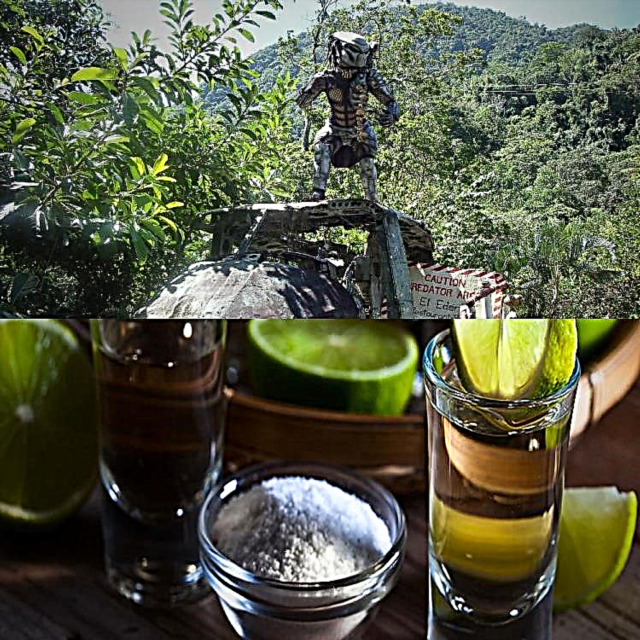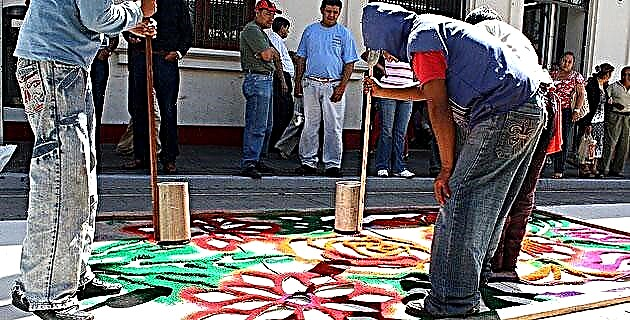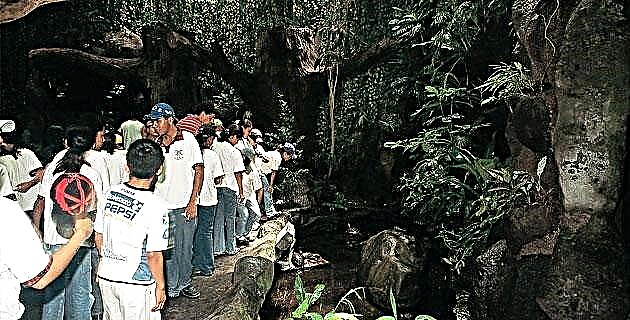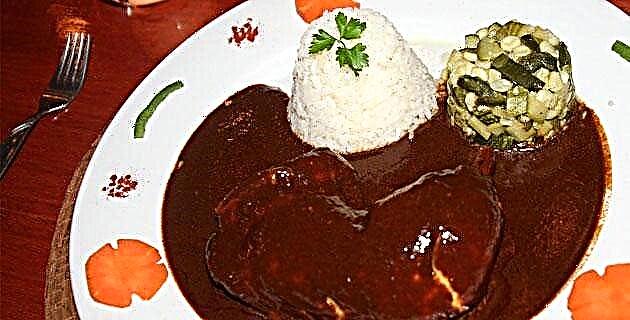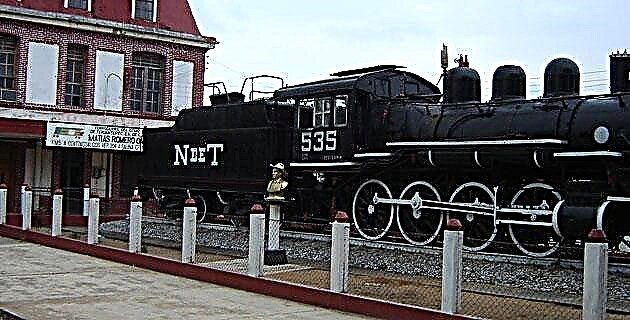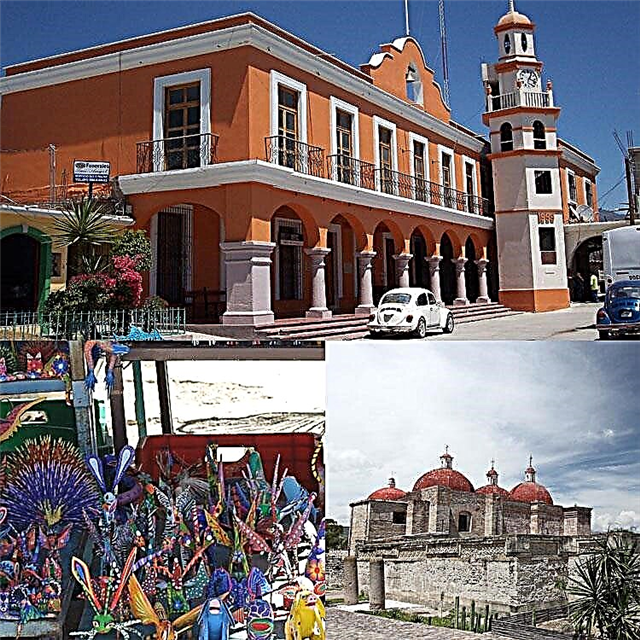East Magic Town Oaxaca is of impressive archaeological wealth and has other great attractions that we want to share with you through this complete guide.
1. How do I get to San Pablo Villa Mitla?
San Pablo Villa Mitla, or simply Mitla, is the small capital city of the Oaxacan municipality of the same name, located in the Central Valley region of Oaxaca. The municipal entity belongs to the District of Tlacolula de los Valles Centrales, a geographical space of three large river valleys delimited by the Mixtec Nudo, the Sierra Juárez and the Sierra Madre del Sur. The city of Oaxaca is only 46 km from the Magic Town.
2. How was the town formed?
The Aztecs called "Mictlán", which means "Valley of the Dead," the pre-Hispanic settlement found by the conquerors. The Spanish evangelizers built the first temple in the mid-16th century to honor the Apostle of the Gentiles and the town adopted the name of San Pablo Villa Mitla. A good part of the great constructions erected by Mixtecs and Zapotecs fortunately survived cultural imposition and their use as a «quarry» of materials. In 2015, San Pablo Villa Mitla was incorporated into the system of Magical Towns to stimulate the tourist use of its important archaeological site and its architectural and natural beauties.
3. What type of climate does Mitla have?
Favored by its altitude of 1,684 meters above sea level in the Central Valleys, the town of San Pablo Villa Mitla has an excellent climate, cool, not very rainy and without extreme changes in the thermometer. The annual average temperature is 17.4 ° C; which rises to 20 ° C in the warmest (May) and drops to 15 ° C in the coldest period, which is from December to January. Only 623 mm of water falls from the sky per year, mainly during the period May - September.
4. What are the basic attractions of Mitla?

The main attraction of San Pablo Villa Mitla is its majestic archaeological site, a fundamental testimony of the Zapotec and Mixtec civilizations. In the middle of the archaeological site, with a pre-Columbian platform as its atrium, is the Church of San Pablo, built on pre-Hispanic monuments as a symbol of Christian cultural dominance. The beautiful Municipal Palace is another building worthy of admiration in the town. Near Mitla are the petrified waterfalls of Hierve el Agua, a beautiful natural wonder. Mitla also awaits you with its moles, chocolates and mezcals, its emblems on the table.
5. What is the importance of the Archaeological Site of Mitla?

The Zapotec - Mixtec archaeological zone of Mitla is the one that receives the most visitors in Oaxaca, after that of Monte Alban. The site is made up of 5 monumental architectural ensembles that bear the names of Grupo del Norte, Grupo de las Columnas, Grupo del Arroyo, Grupo del Adobe, also called Grupo del Calvario; and Southern Group. The last two sets are the oldest, reproducing the traditional design of squares, surrounded by buildings, as in Monte Albán. Separated to the west of the archaeological city is a construction called La Fortaleza, a Zapotec defensive structure against hostile ethnic groups.
6. What stands out in the architectural groups?
Of the entire site, the most splendid is the Group of Columns, which is distinguished by the use of these structures as both support and decoration elements. The palace located in this group shows an artistic and delicate use of frets as ornamental components in the friezes of facades and walls. It is estimated that the Group of Columns was built between the 14th and 15th centuries, and its construction brought together the best talents in science and the arts. Other components of the Group of Columns are its three quadrangles, unfortunately damaged in the 16th century when they were stripped of their materials to build the temple of San Pablo.
7. What is the Church of San Pablo like?
It is located within the archaeological zone and was erected on a pre-Hispanic platform that currently serves as an atrium. The temple was built in 1544 on a Zapotec religious complex and has four domes, three octagonal in the closed naves and a circular one that closes the apse. One of the octagonal domes encloses the sanctuary and another the choir. The façade of the peculiar church is ornamented with pyramidal ridges and on the south wall of the atrium it is still possible to admire the Zapotec mosaic. Inside the church several religious sculptures stand out.
8. What stands out in the Municipal Palace?
The Municipal Presidency of Mitla operates in an attractive two-story building, with a tower and belfry. On the first level, the long portal stands out with a succession of semicircular arches supported by sober columns, while the upper floor is distinguished by the row of balconies. In the front of the structure there is a tower of 5 bodies, the last one finished in a small dome. The fourth body of the tower has a clock installed and has a balustrade. In the center of the belfry that crowns the building there is an opening with a bell.
9. Is it true that a museum in Mitla had to close because the pieces disappeared?
In the 1950s, the American Edwin Robert Frissell acquired a spacious property in Mitla, in which he installed his vast collection of archaeological pieces, the site being known ever since as the Frissell Museum. Later, the collector Howard Leigh decided to take to the Frissell Museum his great collection of Zapotec objects that he had in the city of Oaxaca, forming an estimated sample of between 40,000 and 80,000 pieces, the largest in the country. After Frissell's death, the property passed to other owners, the exhibition was closed and a veil of mystery began to be woven over the location of the pieces. It is known that a part is in the hands of the National Institute of Anthropology and History, and meanwhile, Mitla awaits the reopening of its museum, which would give it a great tourist boost. We hope that when you go to Mitla they have already opened it.
10. What is Hierve el Agua like?
17 km from San Pablo Villa Mitla is the community of San Isidro Roaguía, where the petrified waterfalls of Hierve el Agua are found, a natural wonder that is millions of years old. In the distance it looks like a waterfall that remained static due to a prodigious action, and in a way it is, since it is about calcium carbonate particles contained in the water that have gathered over the millennia, of the same so that in stalactites and stalagmites. The spring that formed the stone waterfalls also formed a large natural pool that fortunately did not petrify and is now a thermal spa. There is a 2,500-year-old Zapotec dirt and irrigation system on the site.
11. What can I buy as a souvenir?

Many of the houses in the historic center of the town are also weaving and embroidery workshops made by skilled local artisans. The wide variety of textile crafts includes typical clothing items, handmade embroidery and household utensils, such as rugs, bags, sarapes, hammocks and tablecloths. They also make bracelets and necklaces with natural fibers, small stones and seeds. Many of the motifs on the fabrics are inspired by Zapotec mythology and come from pre-Hispanic codices, although there are also pieces with contemporary designs. In front of the archaeological zone there is a handicraft market that offers these beautiful souvenirs.
12. How is the gastronomy of Mitla?
The Oaxacans of the Central Valleys are good eaters of moles and Mitla lives up to tradition, consuming it and offering it in all colors, especially black. Another traditional dish is liver with eggs. To drink sweetly, they have their hot chocolate, a warm caress on cold days, which they prepare with water and not milk. The local alcoholic drink is mezcal, natural or flavored with fruits, which they call creams. In the small town of Matalán, 5 km from Mitla, there are so many mezcal palenques that the community is called the "world capital of mezcal."
13. What are the main festivals in Mitla?
The patron saint festivities in honor of San Pablo are celebrated in the month of January. For the occasion, the temple, its pre-Hispanic atrium and the surrounding streets are filled with the townspeople and with pilgrims who come from nearby towns and neighboring municipalities. The great procession with the image of the patron saint begins with his tremendous exit from the temple in the archaeological zone, continuing through the nearby cemetery and ending in the center of the town. In the procession, many of the attendees drink complimentary mezcalitos. The religious procession is animated by musical bands, groups in typical costumes and giant fantasy figures, specially built for the festivity.
14. Where can I stay?

San Pablo Villa Mitla is in the process of creating an offer of tourist services and for now the accommodation infrastructure in the town itself is limited. Mention may be made of the Hotel Restaurant Don Cenobio, on the corner of Juárez and Morelos in the historic center, with a reputation for being simple and very clean. However, the proximity of the city of Oaxaca allows you to stay to get to know Mitla comfortably. At 40 km or less from San Pablo Villa Mitla are, for example, Hotel del Lago Express, Hotel Suite María Inés, Hotel Las Palmas and Fiesta Inn Oaxaca.
15. Any places to eat?

Rancho Zapata, located a little before reaching Mitla, has the advantage of producing its own artisan mezcal and serving Mexican, Spanish and Latin dishes; being highly praised for its chicharrones and Oaxacan snacks. Doña Chica, on Avenida Morelos 41 downtown, offers regional food, both run and à la carte. El Famoso is at Km. 1 of the highway and offers a buffet of Mexican dishes in a pleasantly rustic setting. Other options are La Choza del Chef and Restaurante Donaji.

Did you like our informative walk through San Pablo Villa Mitla? If you have any comments, please write to us and we will gladly consider them. See you soon for another wonderful ride.

